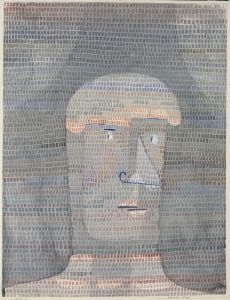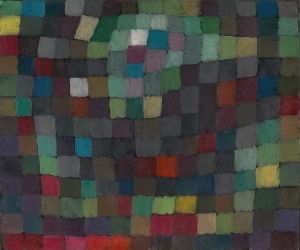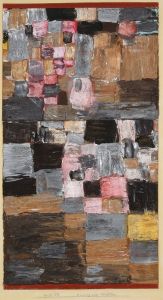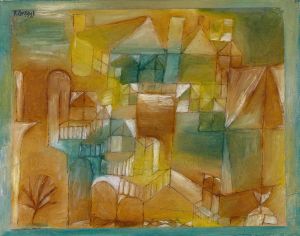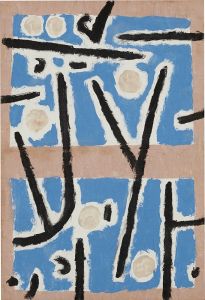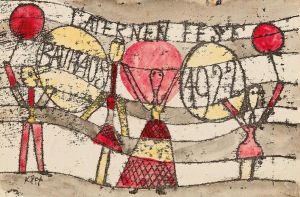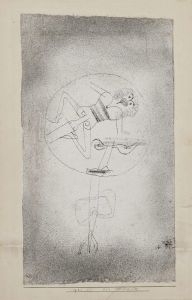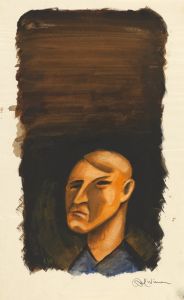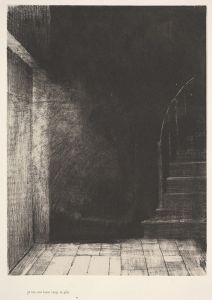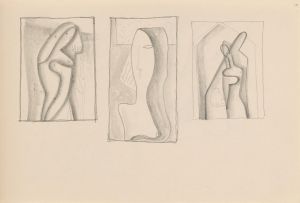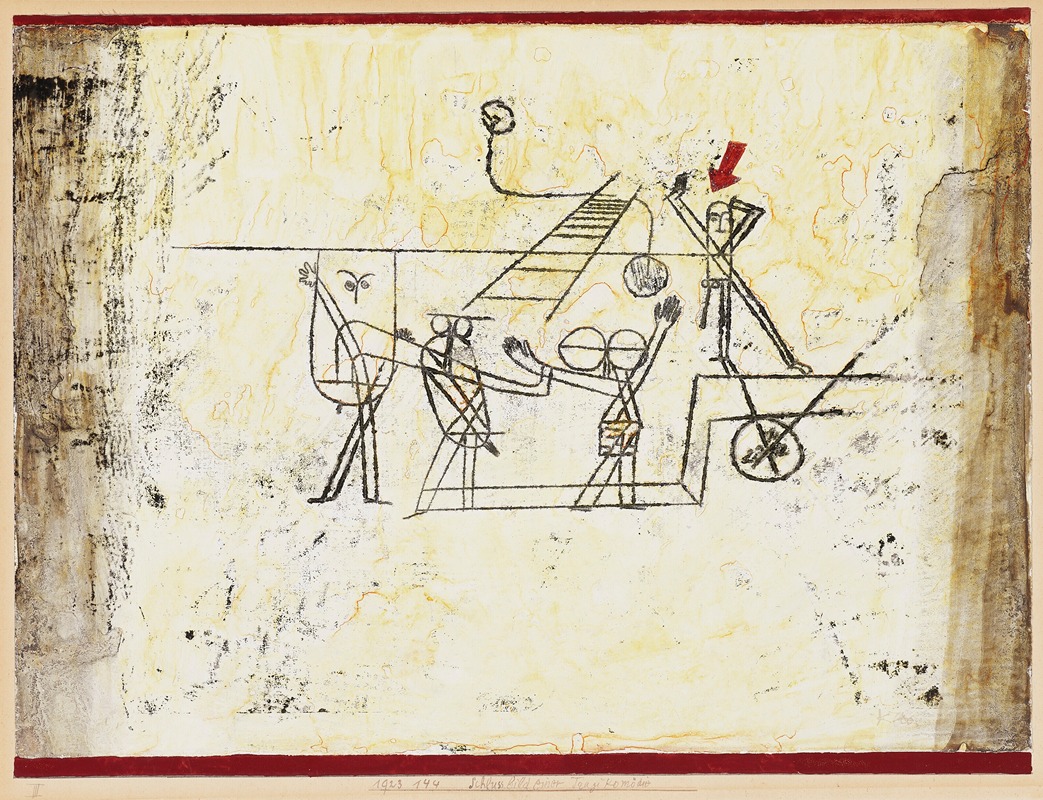
Schlussbild einer Tragikomödie
A hand-painted replica of Paul Klee’s masterpiece Schlussbild einer Tragikomödie, meticulously crafted by professional artists to capture the true essence of the original. Each piece is created with museum-quality canvas and rare mineral pigments, carefully painted by experienced artists with delicate brushstrokes and rich, layered colors to perfectly recreate the texture of the original artwork. Unlike machine-printed reproductions, this hand-painted version brings the painting to life, infused with the artist’s emotions and skill in every stroke. Whether for personal collection or home decoration, it instantly elevates the artistic atmosphere of any space.
Paul Klee's Schlussbild einer Tragikomödie (Final Scene of a Tragicomedy) is a painting created in 1922 by the Swiss-born German artist, who is widely recognized as one of the most influential figures in modern art. Klee's work often blends abstraction with figurative elements, and his unique style draws upon a variety of influences, including expressionism, cubism, and surrealism. This particular painting reflects Klee's interest in theatrical themes and his ability to convey complex emotions through simple, symbolic forms.
The title of the painting, Schlussbild einer Tragikomödie, translates to "Final Scene of a Tragicomedy," suggesting a narrative or dramatic context. Klee was deeply interested in the interplay between comedy and tragedy, and this theme is evident in the painting's composition. The work features a series of abstract shapes and lines that evoke a stage-like setting, with figures and elements that appear to represent actors or characters. The use of geometric forms and muted colors creates a sense of balance and harmony, while also hinting at the emotional duality implied by the title.
Klee created this work during his time at the Bauhaus, where he was a teacher and a key figure in the development of modernist art and design. The Bauhaus was an influential school of art, architecture, and design in Germany, and Klee's work from this period often reflects the school's emphasis on combining artistic creativity with technical precision. His exploration of color theory and his innovative use of line and form are evident in Schlussbild einer Tragikomödie.
The painting is part of Klee's broader body of work, which often incorporates elements of music, poetry, and theater. Klee was known for his ability to translate complex ideas into visual form, and his art frequently invites viewers to interpret and engage with the underlying themes. While the specific inspiration or narrative behind Schlussbild einer Tragikomödie is not documented, the painting's title and composition suggest a reflection on the human condition, blending humor and pathos in a way that is characteristic of Klee's style.
Today, Schlussbild einer Tragikomödie is recognized as an important example of Klee's work and his contribution to modern art. It is held in a private collection or museum, though its exact location may vary depending on exhibitions and loans. The painting continues to be studied and appreciated for its innovative approach to abstraction and its ability to convey profound themes through deceptively simple means.





